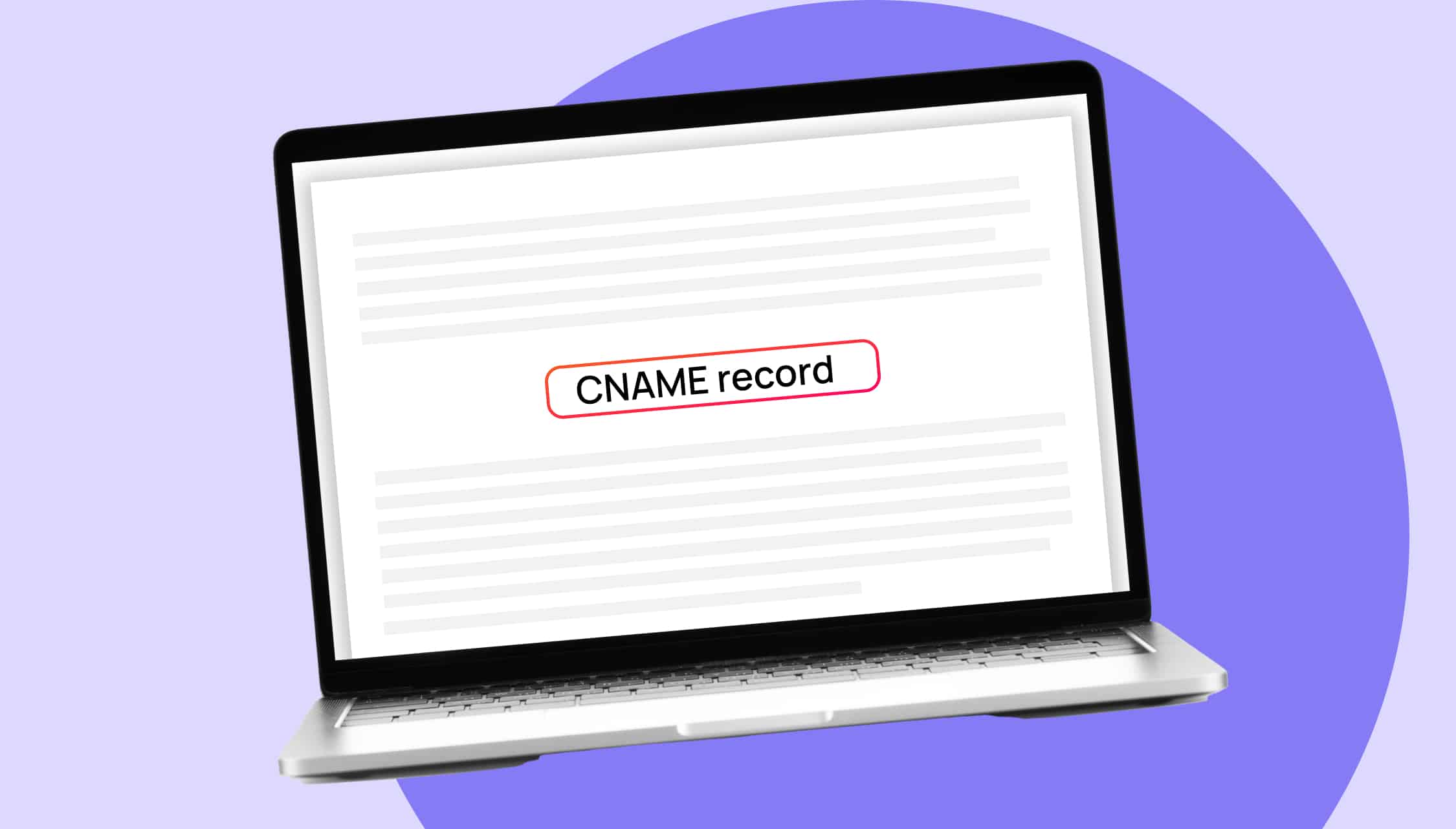
What is a CNAME record? A CNAME record, or Canonical Name record, is a type of DNS record that maps an alias name to a true or canonical domain name. This means instead of pointing directly to an IP address, it points to another domain name. Why is this important? CNAME records simplify domain management by allowing multiple domain names to point to a single IP address. This is especially useful for managing subdomains or when changing the hosting provider. How does it work? When a DNS resolver looks up a CNAME record, it replaces the alias with the canonical name and continues the lookup process. This ensures seamless redirection without the need for multiple IP addresses. Want to know more? Let’s dive into 33 fascinating facts about CNAME records that will help you understand their significance and functionality.
What is a CNAME Record?
A CNAME record (Canonical Name record) is a type of DNS record that maps an alias name to a true or canonical domain name. This is useful for pointing multiple domain names to the same IP address.
- CNAME stands for Canonical Name. It maps an alias name to the true domain name.
- CNAME records are used in DNS. They help direct traffic to the correct server.
- Aliases simplify domain management. They allow multiple domain names to point to the same IP address.
- CNAME records are not IP addresses. They only point to other domain names.
- CNAMEs can reduce DNS complexity. They make it easier to manage multiple subdomains.
How Do CNAME Records Work?
Understanding how CNAME records function can help you manage your domains more effectively. They play a crucial role in directing web traffic.
- CNAME records work by redirecting. They point one domain name to another.
- They are part of the DNS hierarchy. CNAME records fit into the larger DNS structure.
- CNAMEs are queried by DNS servers. When a DNS server receives a request, it checks for CNAME records.
- They can chain multiple aliases. One CNAME can point to another CNAME.
- CNAMEs must end in a canonical name. The final destination must be an A record.
Benefits of Using CNAME Records
CNAME records offer several advantages, especially for website management and optimization. They can streamline processes and improve efficiency.
- Simplify domain management. CNAMEs make it easier to handle multiple domains.
- Improve site reliability. They ensure traffic is directed correctly.
- Enhance flexibility. CNAMEs allow easy updates to domain configurations.
- Reduce DNS errors. Proper use of CNAMEs can minimize mistakes.
- Support load balancing. They can help distribute traffic across multiple servers.
Common Uses of CNAME Records
CNAME records have various applications, from redirecting traffic to managing subdomains. They are versatile tools in the DNS toolkit.
- Pointing subdomains to main domains. CNAMEs can direct subdomains to the primary domain.
- Redirecting traffic. They help in redirecting traffic from one domain to another.
- Setting up email services. CNAMEs can be used to configure email services.
- Managing CDN services. Content Delivery Networks often use CNAMEs.
- Creating vanity URLs. CNAMEs can make URLs more user-friendly.
Limitations of CNAME Records
While useful, CNAME records have some limitations. Knowing these can help you avoid potential pitfalls.
- Cannot coexist with other records. A CNAME cannot exist with other records for the same name.
- Not suitable for root domains. CNAMEs cannot be used for the root domain.
- May cause performance issues. Multiple CNAME lookups can slow down DNS resolution.
- Potential for misconfiguration. Incorrect setup can lead to DNS errors.
- Limited to DNS. CNAMEs only work within the DNS system.
How to Create a CNAME Record
Creating a CNAME record involves a few steps. Knowing how to do this can help you manage your domains more effectively.
- Access your DNS settings. Log in to your domain registrar or DNS provider.
- Select the domain. Choose the domain where you want to add the CNAME.
- Add a new record. Create a new CNAME record.
- Enter the alias. Input the alias name you want to use.
- Point to the canonical name. Specify the true domain name.
Troubleshooting CNAME Records
Sometimes, issues can arise with CNAME records. Knowing how to troubleshoot can save you time and headaches.
- Check for typos. Ensure there are no spelling errors in the CNAME record.
- Verify DNS propagation. Changes may take time to propagate.
- Consult DNS logs. Logs can provide clues to resolve issues.
Final Thoughts on CNAME Records
CNAME records might seem tricky at first, but they’re super useful once you get the hang of them. They help direct traffic to the right places without needing to change IP addresses. This makes managing multiple domains easier. Remember, CNAME records can’t coexist with other records for the same name. They’re perfect for pointing subdomains to the main domain, simplifying your DNS management.
Knowing how to use CNAME records can save time and reduce errors. They’re essential for anyone managing websites or dealing with DNS. So, next time you’re setting up a new domain or subdomain, consider using a CNAME record. It’s a small step that can make a big difference in keeping your web traffic flowing smoothly. Happy DNS managing!
Was this page helpful?
Our commitment to delivering trustworthy and engaging content is at the heart of what we do. Each fact on our site is contributed by real users like you, bringing a wealth of diverse insights and information. To ensure the highest standards of accuracy and reliability, our dedicated editors meticulously review each submission. This process guarantees that the facts we share are not only fascinating but also credible. Trust in our commitment to quality and authenticity as you explore and learn with us.
